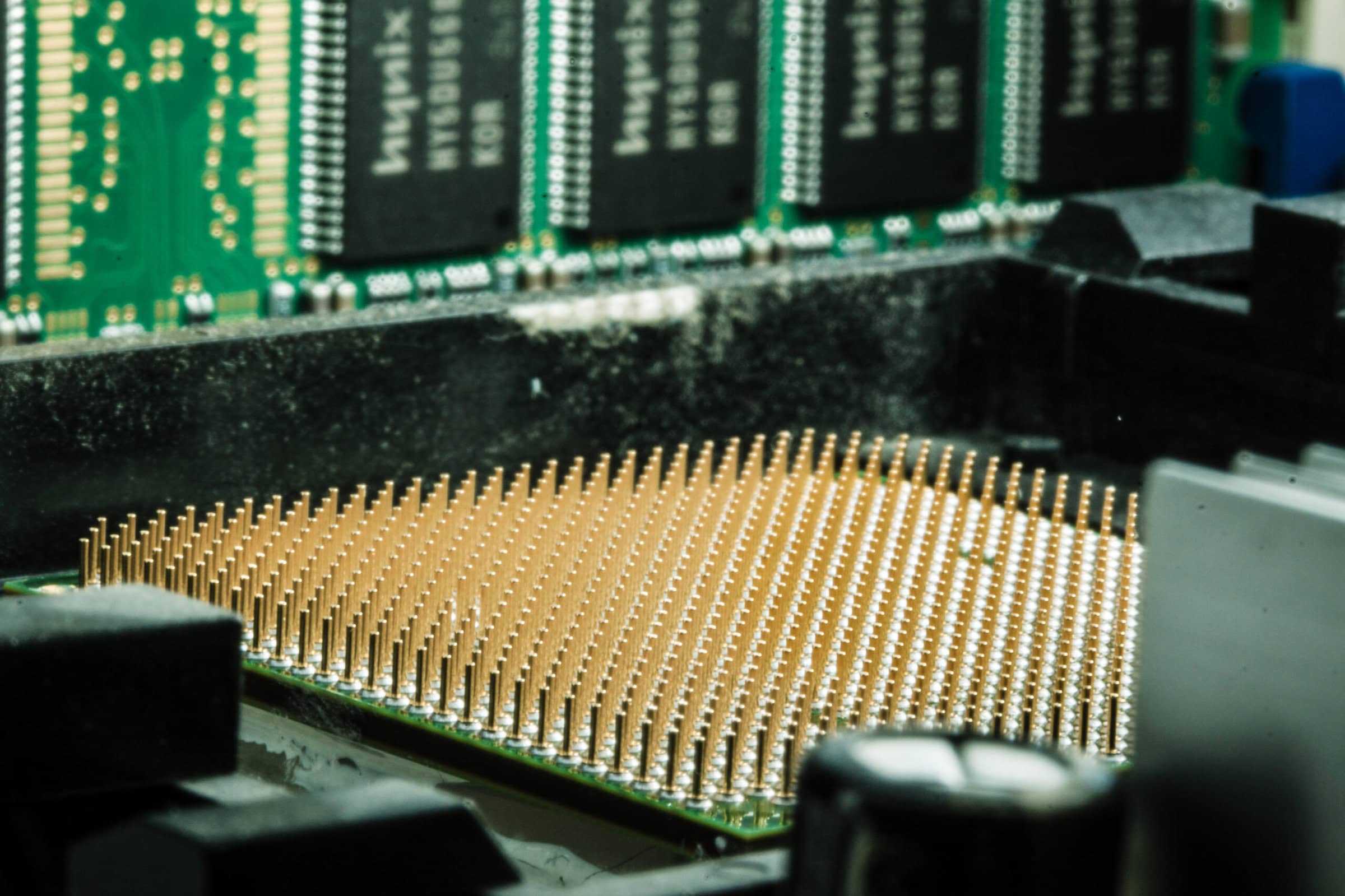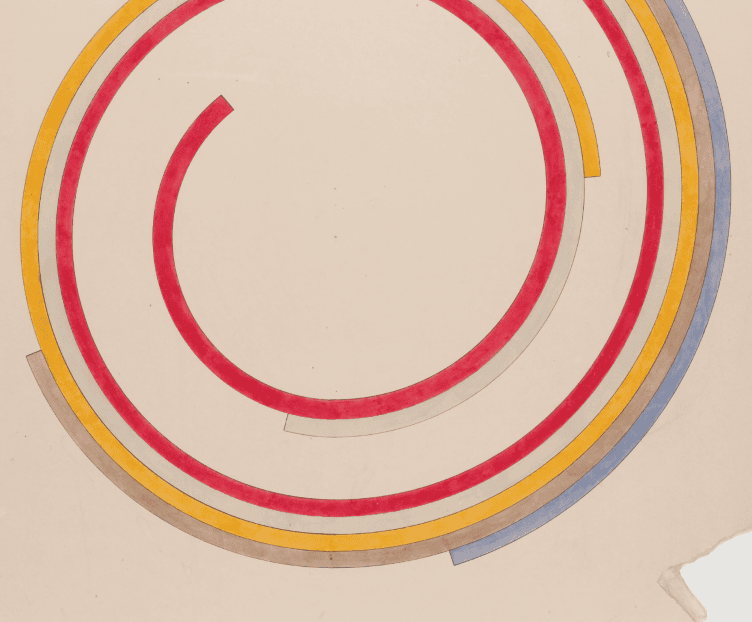About the Briefing
This handout was created for the AHA’s July 29, 2019 Congressional Briefing on the history of US-Iran relations. Panelists Mark Gasiorowski (Tulane Univ.) and John Ghazvinian (Univ. of Pennsylvania) discussed the historical roots of this volatile relationship and how we reached the current impasse. Matthew Shannon (Emory & Henry College) moderated.
A recording of the briefing is available to watch on C-SPAN.
American policy toward Iran since the Islamic Revolution of 1979
US policy toward Iran has cycled among three basic postures since that country’s Islamic revolution in 1978-1979
- Engagement: US officials have undertaken dialog and diplomacy with Iran’s leaders in the hope of achieving a comprehensive settlement that will bring substantial change in Iran’s objectionable behavior. Engagement also usually has sought to strengthen moderates among Iran’s leaders to ensure that these changes will be long-lasting.
- Coercion: US officials have used hostile action like economic sanctions or military force to compel Iran’s leaders to undertake substantial change, and also perhaps to bring down the Islamic regime.
- Containment: US policy has sought to limit Iran’s aggressive behavior in the region through diplomacy and/or coercion, though on a limited, transactional basis.
Containment has been the main US posture toward Iran during these past 40 years, though Presidents Carter, Reagan, Clinton, and Obama pursued engagement at various times and President George W. Bush pursued coercion. US efforts at engagement have failed to achieve comprehensive change in Iran’s behavior, mainly because Iranian radicals have thwarted it. US efforts to coerce Iran also have failed to produce substantial change, mainly because the Islamic regime remains fairly strong domestically and because Iran’s geography and diverse retaliatory capabilities would make large military operations very costly. Containment has not been very successful either, but it seems to offer the best prospect for limiting Iran’s objectionable behavior until domestic change makes engagement or coercion more fruitful.
Development of the Iranian nuclear program
The last 20 years have witnessed a vicious and escalating cycle of mutual mistrust and recrimination about Iran’s nuclear program, unresolved until the landmark Joint Comprehensive Plan of Action (JCPOA) of 2015—commonly referred to as the “Iran Nuclear Deal”—from which the United State unilaterally withdrew in 2018.
- Iran’s nuclear program was first inaugurated in 1958, as part of President Dwight Eisenhower’s “Atoms for Peace” initiative. The US provided Iran—then a staunch ally—with its first nuclear reactor, as well as its first supplies of low-enriched uranium. Throughout the 1960s and 1970s, the US insisted that peaceful nuclear power was essential to Iran’s development—as the country’s sizeable oil reserves would not last forever.
- After the country’s Islamic Revolution in 1979, the country’s radical new leader, Ayatollah Ruhollah Khomeini, shut down the program—calling it a western abomination and a “sin against Islam”. Following Khomeini’s death in 1989, Iran’s new leaders explored the possibility of restarting the program following the eight-year war with Iraq, whose leader (Saddam Hussein) expressed interest in acquiring weapons of mass destruction. Iranian leaders sought mastery over nuclear technology that it might serve as a deterrent to any Iraqi aggression.
- Though Iran was (and remains) a signatory to the Non-Proliferation Treaty (NPT) of 1968, which guarantees its right to access fissile material and critical technology on the international market, access to such materials was blocked forcefully by the United States. In the 1990s, Iran’s civilian nuclear program went underground, and relied increasingly on illicit networks and secretive facilities—which served to heighten US suspicion about the program’s ultimate intentions.
Participant Biographies
Mark Gasiorowski is a Professor in the Department of Political Science at Tulane University in New Orleans. He is the author of US Foreign Policy and the Shah (Cornell University Press, 1991) and co-editor of Neither East Nor West: Iran, the Soviet Union, and the United States (Yale University Press, 1990) and Mohammad Mosaddeq and the 1953 Coup in Iran (Syracuse: Syracuse University Press, 2004). He has also written many scholarly articles about US policy toward Iran and other topics. He served as a Visiting Professor at Tehran University in 1994, 1996, and 1998 and as a Visiting Fellow at the Middle East Centre, Oxford University in 2001-2002.
John Ghazvinian is Associate Director of the Middle East Center at the University of Pennsylvania. A historian and former journalist, specializing in the history of US-Iran relations, he is the author of Iran and America: A History (Knopf, forthcoming) and Untapped: The Scramble for Africa’s Oil (Harcourt, 2007), as well as coeditor of American and Muslim Worlds before 1900 (Bloomsbury, 2020). He has written for such publications as Newsweek, The Nation, the Sunday Times and the Huffington Post, and earned his doctorate in history at Oxford University.
Matthew Shannon is Associate Professor of History at Emory & Henry College. He is the author of Losing Hearts and Minds: American-Iranian Relations and International Education during the Cold War (Cornell University Press, 2017). His original research is published in Iranian Studies, Diplomatic History, International History Review, and The Sixties, and he is the co-editor of 9/11 and the Academy: Responses in the Liberal Arts and the 21st Century World (Palgrave Macmillan, 2019). Dr. Shannon’s current research project explores the work of Presbyterian missionaries and their influence on the American “mission” in Iran from the 1940s to the 1960s.
Related Resources

December 23, 2025
History of Federal Science Funding

October 29, 2025
